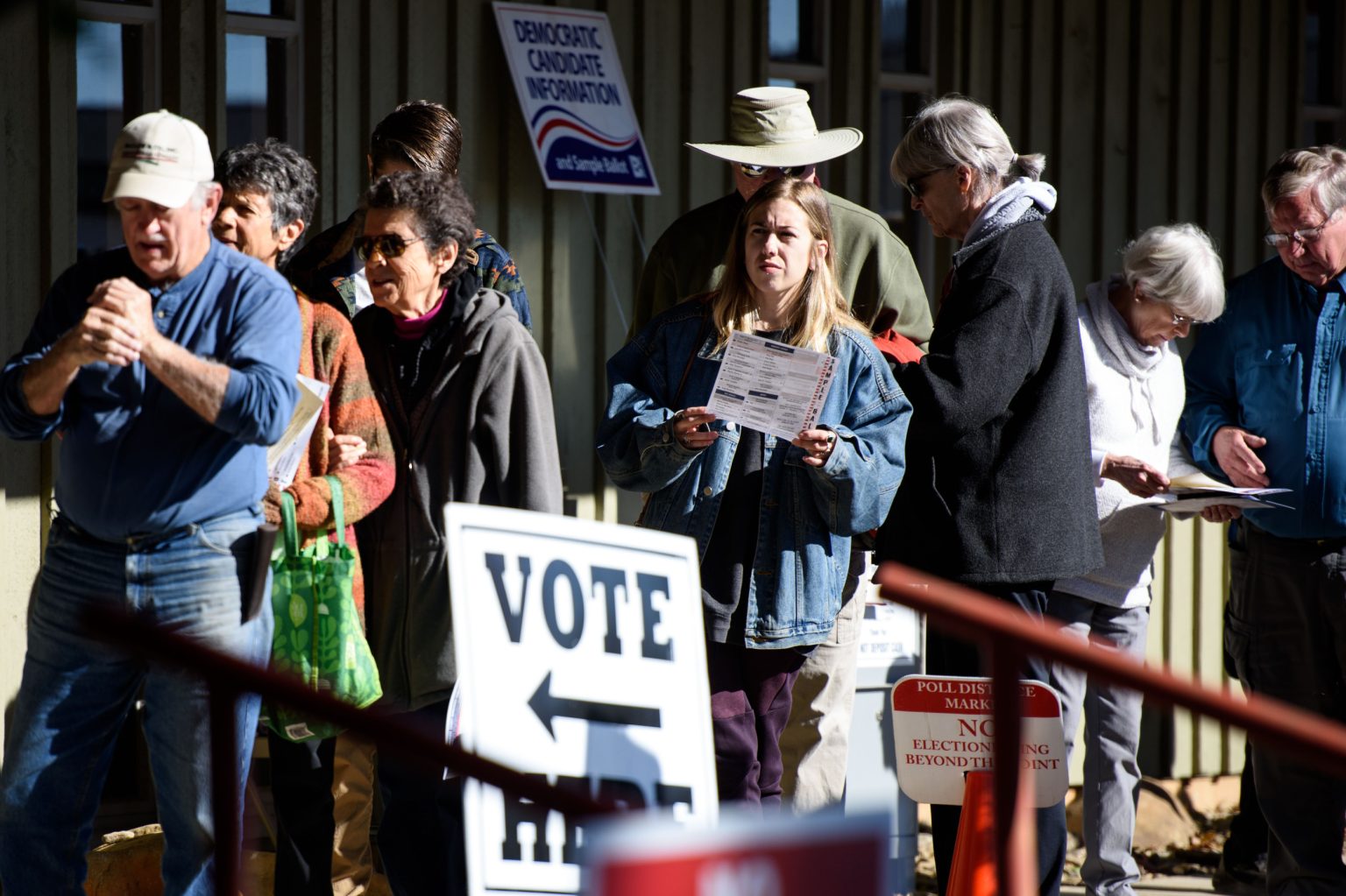The upcoming presidential race in North Carolina between Vice President Kamala Harris and former President Donald Trump is expected to be close, as the state has seen a significant increase in population since 2020. Thousands of individuals have moved from high-cost cities like New York and San Francisco to more affordable areas in the Sun Belt and South, leading to a population boom in states like Texas, Florida, and North Carolina. North Carolina, in particular, has seen over 396,000 new residents since 2020, potentially shaping the outcome of the election.
The impact of these new voters on the election results remains uncertain, as analysts debate whether Democrats or Republicans will benefit from the migration patterns. Martin Kifer, the director of the High Point University Research Center, emphasized that this election will serve as a test to determine how in-migration affects voting patterns in the state, which has been closely divided in recent election cycles. The largest number of new North Carolina residents have come from states like Florida, New York, Virginia, South Carolina, and California.
Despite the influx of new residents, their partisan affiliations may not necessarily align with their former states’ voting patterns. Kifer mentioned that not every person moving to North Carolina from California is a Democrat, just as not every individual from Florida will identify as a Republican. With most North Carolina voters registered as unaffiliated, it becomes challenging to predict their voting preferences. The surge in nonpartisan voters may impact local legislative races more significantly than statewide elections.
While polls show a close race in North Carolina, pollsters use various data sources to ensure their samples accurately reflect the state’s overall composition. Migration dynamics may be contributing to nuances in polling trends, but experts aim to account for these factors by utilizing multiple data sets. Despite the uncertainty surrounding the impact of migration patterns on the election, it is essential to monitor statewide and local races closely to gauge any potential shifts.
North Carolina is considered a toss-up state and has shown a slight lead for Trump in recent polling aggregates. Nationally, Harris leads Trump by a narrow margin. Early voting began in North Carolina, with a record number of residents participating despite concerns regarding Hurricane Helene affecting certain regions. Former Governor Pat McCrory has expressed concerns about how “transplant COVID voters” could influence the outcome of the election in North Carolina and other swing states, emphasizing the significance of these new voter demographics. Experts caution against drawing premature conclusions from early voting data, as millions of voters are expected to participate in the upcoming election.








